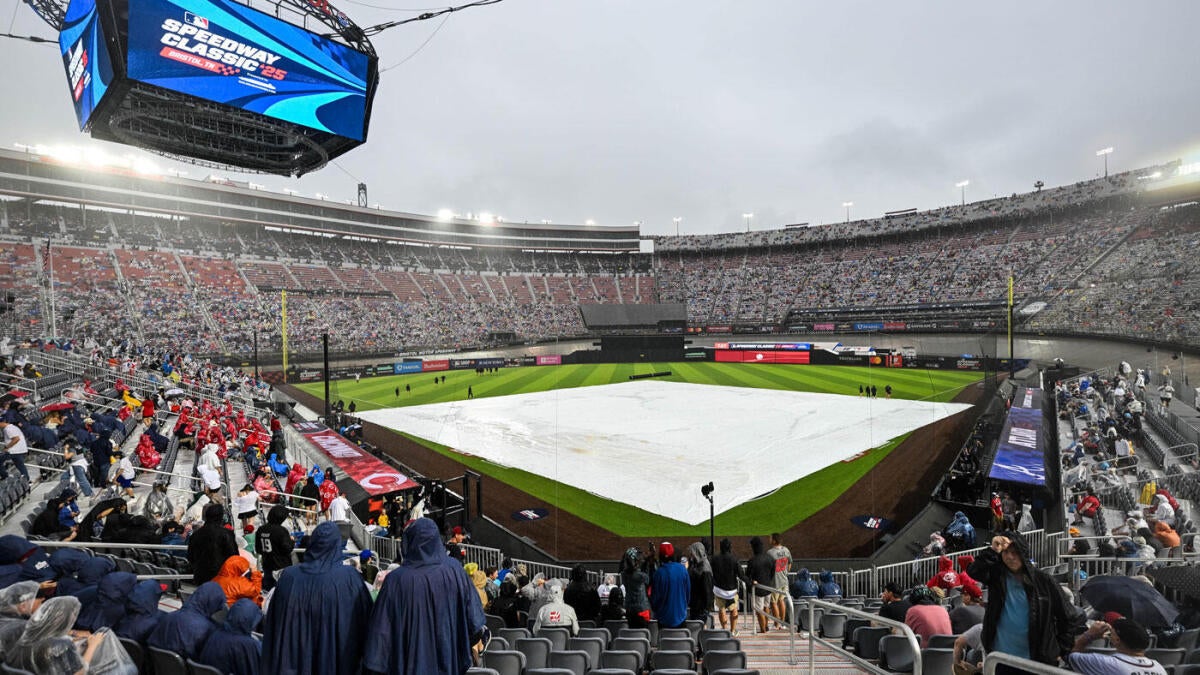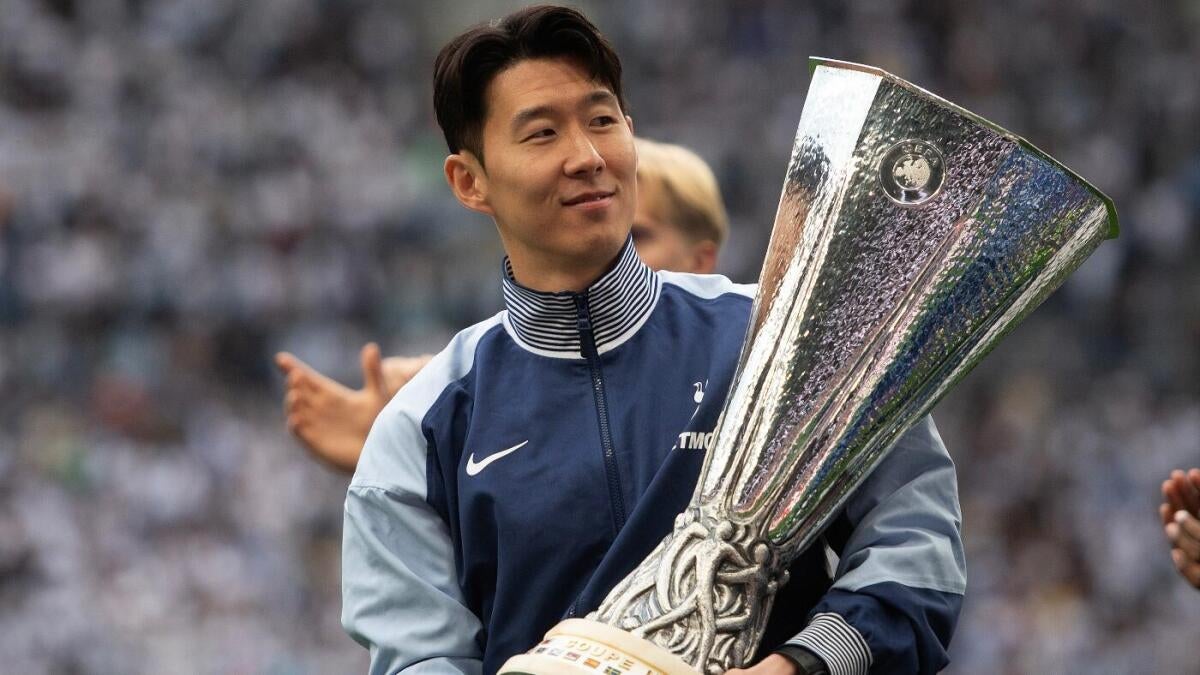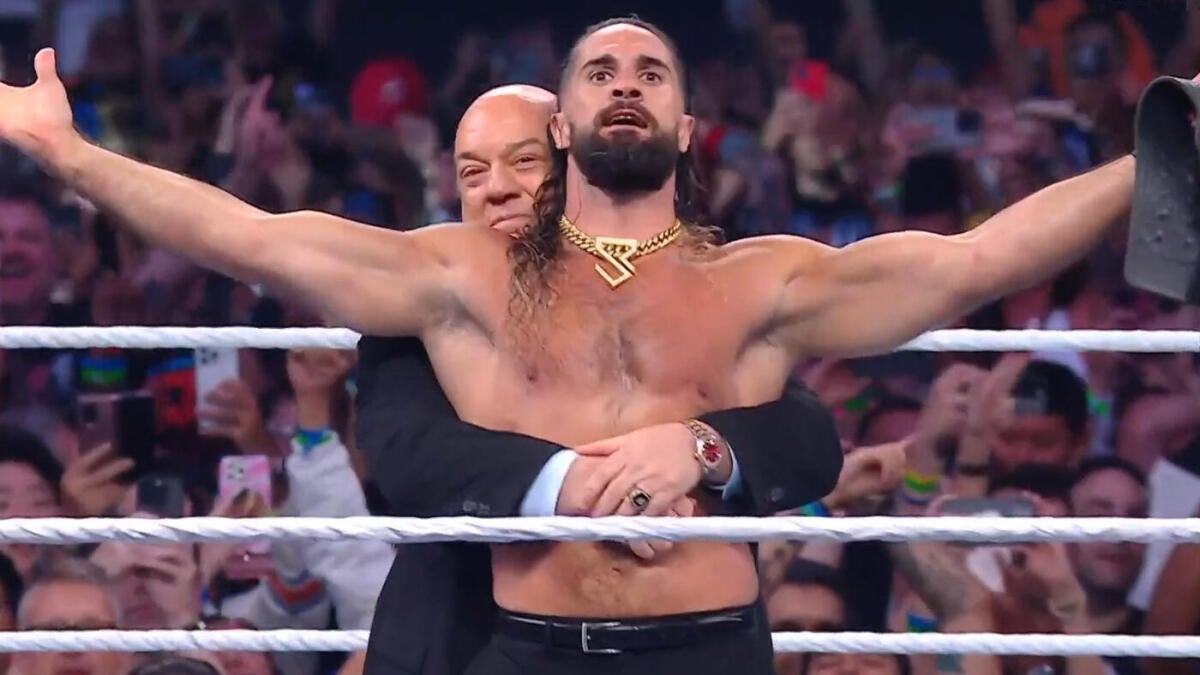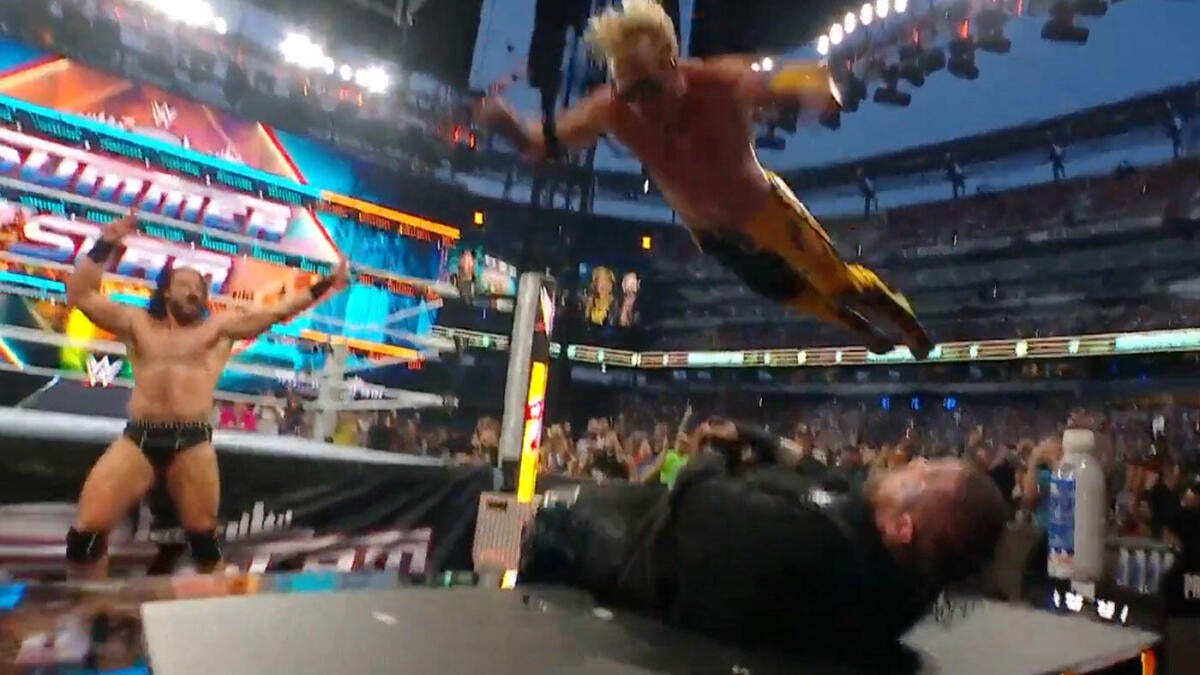The Detroit Tigers’ Trade Deadline Strategy: A Balancing Act of Immediate Needs and Future Prospects
Introduction: Navigating a Season of Uncertainty
The Detroit Tigers’ 2025 campaign has been a study in contrasts—moments of brilliance juxtaposed with frustrating setbacks. As the MLB trade deadline loomed, the team found itself in a precarious position, teetering on the edge of playoff contention in a fiercely competitive American League. The pitching rotation, in particular, has been a rollercoaster of injuries and inconsistent performances, forcing the front office to make critical decisions to bolster their staff. The acquisition of right-hander Chris Paddack from the Minnesota Twins, coupled with the devastating news of Reese Olson’s season-ending injury, encapsulates the Tigers’ strategy: addressing immediate needs while keeping an eye on the future. This report delves into the details of the trade, its implications for the Tigers’ pitching rotation, and the broader context of Detroit’s approach to the trade deadline.
The Paddack Acquisition: A Calculated Risk with Potential Rewards
The trade that sent Chris Paddack to Detroit in exchange for switch-hitting catcher Enrique Jimenez was more than just a transaction; it was a statement of intent. The Tigers, recognizing the urgency of their situation, targeted Paddack, a seasoned right-hander with a track record of potential. While Paddack’s career has been marked by inconsistency and injury, the Tigers clearly saw value in his talent and experience.
Paddack brings a mix of velocity and movement to the mound, with a fastball that can reach the mid-90s and a deceptive changeup. When healthy and confident, he has the ability to dominate hitters and provide quality innings. For a Tigers team desperate for stability in their rotation, Paddack represents a calculated gamble. The hope is that a change of scenery and a defined role can unlock his full potential.
Moreover, the inclusion of Randy Dobnak in the trade adds further depth to the Tigers’ pitching pool. Dobnak, although not as high-profile as Paddack, provides additional options and versatility. He can serve as a long reliever, spot starter, or even a trade chip down the line. This move underscores the Tigers’ commitment to building a robust pitching staff capable of weathering the storms of a long season.
The Olson Injury: A Devastating Setback
The acquisition of Paddack was made all the more crucial by the devastating news of Reese Olson’s shoulder strain, which prematurely ended his season. Olson, a young and promising right-hander, had emerged as a key contributor to the Tigers’ rotation. His poise, command, and ability to generate strikeouts made him a fan favorite and a valuable asset.
Olson’s injury not only deprived the Tigers of a talented pitcher but also created a significant void in their starting five. His absence forces manager A.J. Hinch to reshuffle the rotation and rely on less experienced arms. The loss of Olson underscores the importance of having depth and the unpredictable nature of baseball.
The timing of the injury couldn’t have been worse, as it coincided with other rotation members landing on the injured list, including Alex Cobb, Sawyer Gipson-Long, and Jackson Jobe. These setbacks further exacerbated the Tigers’ pitching woes and highlighted the need for immediate reinforcements. The Tigers’ front office had to act swiftly to mitigate the damage, and the Paddack trade was a direct response to this crisis.
Filling the Void: The Projected Rotation and Its Challenges
With Olson sidelined, the Tigers’ projected rotation faces significant challenges. The addition of Paddack helps to mitigate the damage, but questions remain about the overall effectiveness of the staff.
Here’s a look at the potential rotation:
This rotation has the potential to be competitive, but it also has vulnerabilities. The success of the Tigers’ pitching staff will depend on the ability of Paddack, Manning, and Mize to step up and deliver consistent performances. The Tigers will need to rely on their bullpen and offensive support to compensate for any shortcomings in the starting rotation.
Broader Implications: The Trade Deadline Strategy
The Paddack trade is indicative of the Tigers’ overall approach to the trade deadline. General Manager Scott Harris has made it clear that the team is focused on building a sustainable winner, both in the short term and the long term.
The Tigers’ strategy can be summarized as follows:
This balanced approach reflects the Tigers’ commitment to both immediate success and long-term sustainability. The front office has demonstrated a willingness to take calculated risks while also being mindful of the team’s future prospects.
The Road Ahead: Challenges and Opportunities
The Detroit Tigers face a challenging but potentially rewarding road ahead. The loss of Reese Olson is a significant blow, but the acquisition of Chris Paddack provides a glimmer of hope.
To be successful, the Tigers must:
If the Tigers can accomplish these goals, they have the potential to make a deep run in the playoffs. The journey will be challenging, but the rewards could be great.
Conclusion: A Season Defined by Resilience
The Detroit Tigers’ 2025 season is a story of resilience, adaptation, and unwavering determination. The loss of Reese Olson is a stark reminder of the fragility of success in baseball, but the acquisition of Chris Paddack demonstrates the team’s commitment to competing. As the Tigers navigate the final stretch of the season, they will need to rely on their depth, their talent, and their unwavering belief in themselves. Whether they reach the playoffs or fall short, this season will be remembered as a testament to the Tigers’ fighting spirit. The trade deadline moves reflect a strategic focus on both immediate needs and long-term sustainability, setting the stage for an exciting future in Detroit. The Tigers have shown that they are willing to take risks and make tough decisions, and these qualities will serve them well as they continue to build a competitive team for the years to come.











